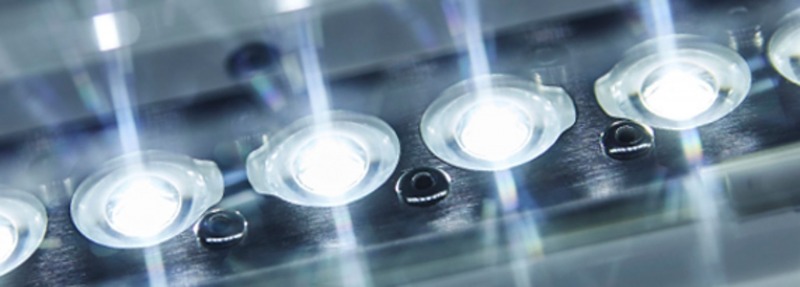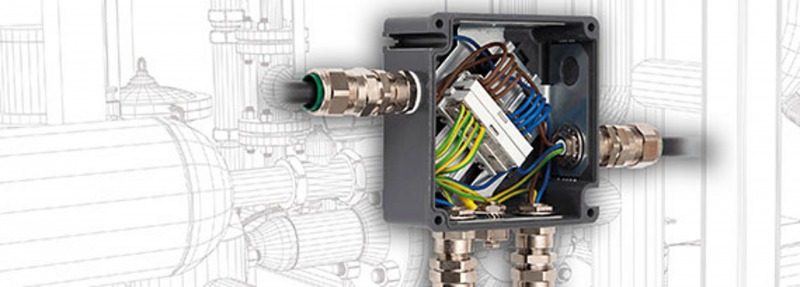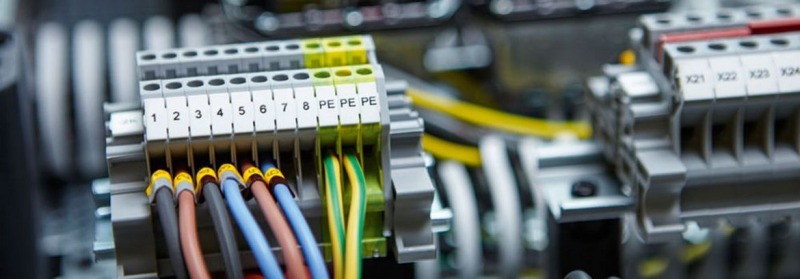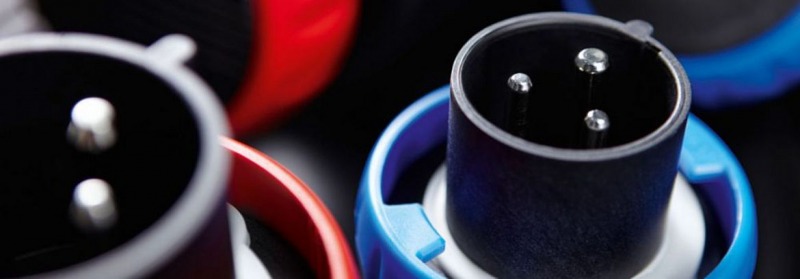


R-STAHL Ex Lighting Solutions
Ex Linear Luminaires Ex Tubular Light Fittings Ex Linear Lighting Fixtures With Emergency Kit Ex Floodlights Ex Pendant Light Fittings Ex Emergency Guidance Luminaires Ex Helideck Systems Ex Portable Lighting Solutions All Products
R-STAHL Ex Distribution Solutions
GRP Ex E Junction & Terminal Boxes Stainless Steel Ex E Distribution And Terminal Boxes Cast Aluminium Ex D Junction And Terminal Boxes High Current Terminal Boxes All Products
R-STAHL Ex Control Units And Box Solutions
Ex E Local Control Boxes Ex Special Design Control Units Ex D Local Control Boxes Ex Thermostats Ex Temperature Controls And Limiters Ex Control Equipment For Panel Mounting All Products
R-STAHL Ex Control Systems And Distribution Boards
Ex Lighting And Heating Circuit Distribution Boards Ex Load Disconnect Switch Ex Motor Protection Circuit Breakers Ex DOL Motor, Star Delta & Soft Starters Ex Safety Switches Ex Uninterrupted Power Supply (UPS) Ex Machine Control Ex Battery Boxes All Products
R-STAHL Ex Socket And Plug Solutions
Ex - Plug And Socket Ex - Plug Connectors Ex - Socket Outlet Assemblies All Products
R-SATHL Human Machine Interface HMI
Ex Barcode Readers Ex RFID Readers Ex Panel PCs, Thin Clients And Operator Stations Ex Classic Operator Stations Ex Panel PC's For Rough Environments Ex KVM Classic Operator Stations, Rough Environments Ex Operator Interfaces For Rough Environments Ex Panel Devices For Machine Operation Ex KVM Over IP Devices Ex Thin Clients For Control Rooms Ex Ethernet Extenders Configurable Software Packages All Products
R-STAHL Ex CCTV Systems And Cameras
Ex Pan-Tilt-Zoom Cameras PTZ Ex Thermal Imaging Cameras Ex Auto-Focus-Zoom Cameras AFZ Ex With,Without Wiper Cameras All Products
R-STAHL Automation Interfaces And Solutions
Ex Safety Barriers Ex Isolators Ex Remote IO Ex Fieldbus Teknology Ex Ethernet-APL Field Switches Ex Grounding Monitoring Devices And Systems Ex P (Pressurized) Type Products Ex Network Technologies All Products
